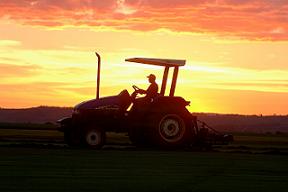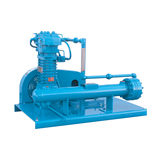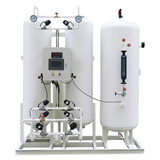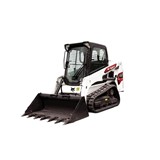The "carbon calculator" is available to use online, so Queensland farmers from west of Warwick to Weipa in North Queensland can access the technology from the own computers.
The calculator is so valuable it has been adapted by the prestigious Smithsonian National Museum of Natural History, in Washington D.C., for an education tool teaching children about soils, farming and greenhouse gas emissions. ISR is also working with Michigan State University to help it adapt the calculator for use by farmers in the American mid-west.
Professor Grace said by inputting numerical amounts into the calculator, farmers could find out how much greenhouse gases they were emitting and how much they could reduce it by if they changed their farming practices, for example, by using less fertiliser or not using as much fuel by tilling the soil less.
"Sixteen per cent of Australia's greenhouse gas emissions come from agriculture and agriculture has been identified as one of the areas where Australia can significantly reduce its emissions," Professor Grace said.
"If farmers use the smallest amount of fertiliser needed without affecting the crop, they will not only reduce the amount of carbon their farm creates, but they will also save money.
"Soil is a significant, natural carbon sink and carbon held in the soil helps it to retain water. When the soil is tilled, it releases sequestered carbon while the fuel used to power the machinery that tills it also releases carbon emissions."
Professor Grace said there were three main types of greenhouse gas emissions created by farming: carbon dioxide, created by using machinery and releasing it by turning the soil; methane, created by animals; and nitrous oxide, created by nitrogen sources such as fertiliser.
"One molecule of nitrogen oxide is worth about 300 molecules of carbon dioxide in terms of the effects it has on the atmosphere and global warming," he said.
"The carbon calculator converts these different emission types into their equivalent carbon amounts which is consistent with international accounting methods."
Professor Grace said the world-wide discussion on how to reduce carbon emissions meant many farmers were interested to know how they could help contribute to the reduction.
The Farming Enterprise Greenhouse Gas Emissions Calculator is found here.


















